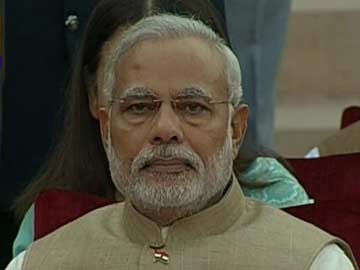Dhaka, Mar 1 (UNB) – As Saarc apparently remains ‘ineffective’, experts and businesses think Bangladesh China, India and Myanmar (BCIM) Forum could be a potential platform to give a big boost to trade and investment if the governments of the BCIM can act in a planned way.
They feel that Bangladesh can hugely be benefited economically if trade between Myanmar and Bangladesh increases and have business access to other potential markets, including Malaysia through Myanmar, as a sound trade tie with mighty India is already in place.
“There’s huge potential to take the forum forward but the governments of the four countries will have to come forward to utilise that,” Executive Director of the Centre for Policy Dialogue (CPD) Prof Dr Mustafizur Rahman told UNB.
He said investments should be made for infrastructure development making border crossing easier, and ensuring better connectivity. “Sound connectivity between southern China and northeast India will have to be ensured to take economic advantage of having deep seaport in the future in Bangladesh.”
According to Dr Rahman, there is huge potential in the areas of trade, investment, tourism, connectivity and energy cooperation.
Responding to a question, he said some political tension might come to affect the group’s future, but rivalry between China and India would not have negative impact in this process.
“The trade volume between China and India stood at US$ 75 billion in 2012 which was US$ 73.9 billion in 2011. They want to take it to US$ 100 billion by 2015,” he explained.
Responding to another question, he said Saarc is a different platform and it should not be mixed up with BCIM.
“This is a big opportunity. Huge potential is there to boost trade and investment utilising the BCIM Forum,” said Sabur Khan, President of Dhaka Chamber of Commerce and Industry (DCCI).
He said the Saarc apparently remained ineffective due to Indian dominance and the BCIM Forum has the potential to make a difference bringing mutual economic benefits.
Asked what should be the governments’ role, he said, “The Bangladesh government seems to be positive. We talked to Commerce and Industries Ministers recently. They also realise the potential of the BCIM.”
If proper steps are taken, Bangladesh can have greater business access to a number of countries, including Malaysia, through Myanmar cutting the cost of doing business.
Responding to a question on India-China rivalry, Khan said, “I don’t think it’ll have any negative impact on trade and investment. They always give priority to business.”
President of the Bangladesh-Malaysia Chamber of Commerce and Industry (BMCCI) Syed Nurul Islam was very agreeable to the suggestion that BCIM would be more effective than Saarc.
Noting a vital difference with the rivalry holding up progress in Saarc (India and Pakistan), he said China and India have been known, and seen, to give priority to trade and business than politics. “So, political tension between these two countries won’t hurt trade.”
Islam, also the Managing Director and Chief Executive Officer (CEO) of Well Group, said the BCIM has a bright prospect and if it can be established on firm-footing that could be a great job for the region and the next generation of the region.
He also said media has a role in making the platform a successful one. Another vital area that needs attention, under the ambit of connectivity, is the transport infrastructure in the region.
Li Ana, senior staff member of Yunnan Branch of China Council for the Promotion of International Trade, emphasised the need for promoting connectivity between the regional connectivity to boost trade and investment.
“The multimodal transport system is necessary to explore new business corridors and opportunities,” said Umesh Chowdhary, vice-chairman and managing director of Titagarh Wagons, an Indian company.
“The cost of doing business between the BCIM countries increases when trade happens through the land borders,” he said, adding that India is working to launch a multimodal transport system with Myanmar.
The BCIM’s geopolitical attributes are increasingly drawing the attention of global powers.
As such, greater attention and growing interest of the global community in the Asia Pacific region make the task of deepening multi-dimensional cooperation among the BCIM countries an imperative.
As stated in the concept note of the 11th meeting, seamless connectivity, enhanced trade facilitation, availability of deep seaport facilities, and joint exploration of common resources offer opportunities for “accelerated economic growth”, reduction of poverty, and raising the standards of living of the people of the region.
Saarc, the association formed with the objective of inducing such fruits, has struggled to gain credibility over three decades.
A South Asian Free Trade Agreement, or Safta, has struggled to get off the ground. With the two giants at the heart of it, India and Pakistan, perpetually at loggerheads, the outlook as well doesn’t look too rosy for the future.
Source: UNBConnect









